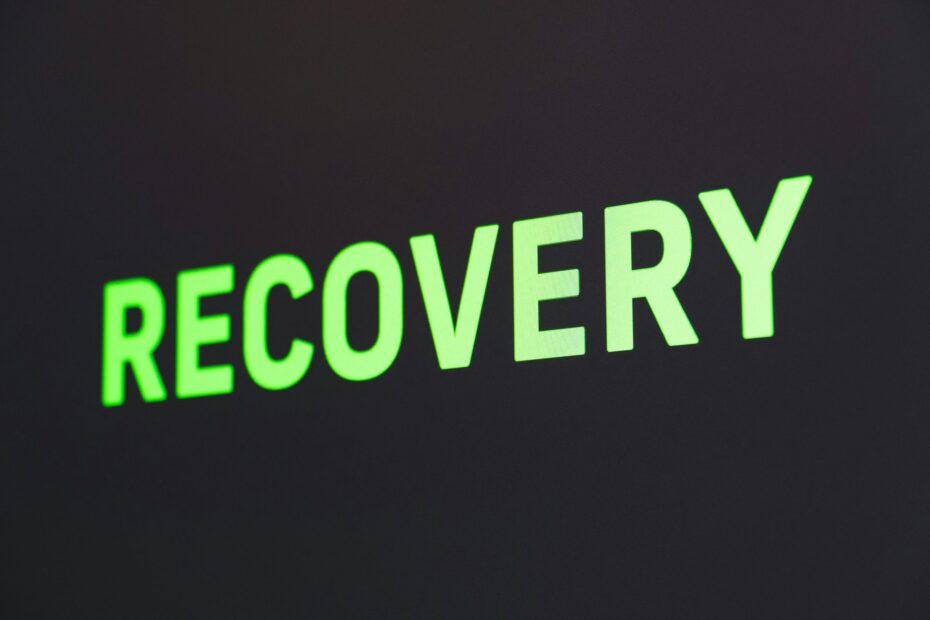Recovery isn’t just about quitting. It’s about learning how to live again—without needing anything to numb, escape, or fix what feels wrong. The early steps are hard, and getting through them is a big deal. But after a while, things can start to feel stuck. Even if things are technically “better,” something still feels off.
That’s a sign it might be time for the next step.
The next step doesn’t always mean doing more. Sometimes it means letting go of what used to help. It means paying attention to the quiet signs that something needs to shift—even if everything seems fine from the outside.
When Support Becomes Dependence
One of the hardest parts of recovery is knowing when something that once helped is now holding things back. That happens a lot with Suboxone. It’s a medication people use during opioid recovery. In the beginning, it’s helpful. It keeps withdrawal symptoms low. It makes cravings easier to handle. And it helps people stay away from dangerous opioids.
But over time, Suboxone can become something a person depends on to feel normal. That’s not always a bad thing at first. The point of medication-assisted treatment is to stabilize life. But for some people, months or years later, they feel stuck on it.
They try to taper off, but the symptoms hit hard. Or they want to stop, but fear kicks in. That’s when it helps to consider a safe plan to move forward—like getting help through suboxone rehab. Programs like that help people slowly step away from the medication with real support. It’s not about judgment. It’s about freedom.
Signs You’re Not Moving Forward Anymore
Even when someone’s been doing well in recovery, there can come a point when nothing feels new. Days start to blend together. Motivation drops. Everything feels stuck in place, even without relapsing.
That can show up in small ways—skipping therapy, sleeping in too much, avoiding people. It can also be emotional. Feeling tired for no reason, zoning out, or feeling numb all the time.
None of that means failure. It just means a change might be needed. Recovery is about growth. If there’s no growth, it’s time to check in and ask: What’s the next step?
Fear of Moving On Is Normal
It’s scary to leave something that helped. That could be a habit, a medication, a person, or even a routine that once kept everything steady.
Moving on doesn’t mean that those things were wrong. It just means they’ve done their job—and now it’s time for something new.
Fear shows up during transitions. That’s normal. Most people feel it when they think about tapering off Suboxone or starting therapy again after a break. Fear doesn’t mean stop. It just means go carefully, with support.
How to Know If You’re Ready
No one feels 100% ready. Waiting for perfect timing can keep people stuck forever. What matters more is the willingness to try.
Some signs that someone might be ready for the next step include:
- Feeling more confident in handling stress or cravings
- Being tired of needing a certain routine or substance to feel okay
- Wanting more out of life than just staying clean
- Getting curious about what’s next, even if it’s scary
Readiness doesn’t mean knowing exactly what to do. It means being open to doing something different—and trusting that it might help.
What Taking the Next Step Can Look Like
Everyone’s recovery path is different, so the next step won’t be the same for everyone.
For someone using Suboxone, it might mean starting a slow taper plan with medical help. For others, it might mean going to rehab for extra support while stopping completely.
It could also mean trying new kinds of therapy, rebuilding relationships, getting back to work or school, or even just talking about feelings more honestly.
The point isn’t to do something big. It’s to do something that keeps moving life forward.
Getting Support Makes It Easier
The next step is harder when it’s done alone. Support makes a huge difference. That could mean friends, family, counselors, or people who’ve been through it before.
Recovery communities exist for a reason. They help people share real struggles without being judged. Talking about fear, failure, or feeling stuck becomes easier when others truly understand.
Programs that specialize in rehab and step-down care are built around this idea. They help people take that next step, whether that means tapering off Suboxone or handling deeper emotional challenges.
What Happens After Moving Forward
There’s no set reward for taking the next step—but most people notice real changes. Sleep improves. Thoughts slow down. Energy returns. Life starts to feel more like something being lived—not just survived.
Even the hard days feel different. There’s more control. More hope. More strength.
Progress might be slow. That’s okay. Slow progress is still progress.
What matters most is choosing growth over comfort. Choosing real life over old patterns. And remembering that recovery doesn’t end. It just keeps going in better directions.
The next step in recovery is about freedom. It’s about knowing when something has helped enough—and choosing to move forward, even if it’s hard. Whether that step is leaving Suboxone behind or trying something new emotionally, the most important thing is to keep going. One day at a time. One choice at a time. And never staying stuck when it’s time to grow.
